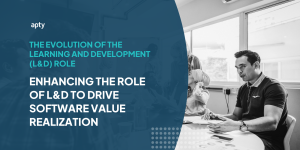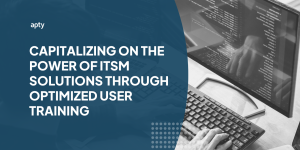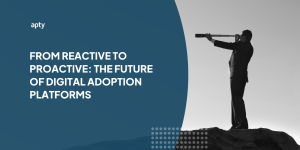How ITSM DAP Solutions Maximize Your Organization’s Uptime & Cost Savings
Technology outages are not uncommon, but when they happen, the impact on an organization can be disastrous and far-reaching. Consider, for example, Facebook’s outage in 2021, which took out several leading apps for several hours, including Facebook, Instagram, WhatsApp, Messenger, and Oculus Quest (now Meta Quest). Since Facebook is used to sign in to many other apps and services, this outage also had the cascading effect of people being unable to log into their favorite shopping websites and access their internet-connected devices.
The cause? Changes to Facebook’s underlying internet infrastructure that coordinated traffic between its data centers.
Although Facebook was able to restore service after several hours, significant damage had already been done. Even for organizations not nearly as large as Facebook, the cost of application downtime can be staggering – $5,600 per minute, to be exact. These outages continue to increase as more employees are empowered to change IT services, with an estimated 80 percent of all major IT outages resulting from changes.
In the face of this, the logical solution might be to bring on an IT service management (ITSM) solution with advanced incident management capabilities. This is a good instinct, as incident management enables the rapid identification, notification, and resolution of critical application outages, helping organizations stem the money-bleeding when an event occurs. As part of their incident management capabilities, ITSM solutions also provide documented processes to implement in a crisis so that all those affected know what actions to take and in what order.
But despite their extreme importance and the proven value they can bring, over half of ITSM implementations fail. The reported percentage varies depending on the article or survey, but most put that number at 55 to 75 percent, which is less than optimal. The question is, what’s the key to reducing that number within your own company?
Addressing User Adoption
Like most software implementations, ITSM suffers from a simple yet debilitating issue: an overall lack of user adoption. Most people are naturally resistant to change, and organizations and their training teams are often ill-equipped to realize this and design implementation programs that address this issue head-on.
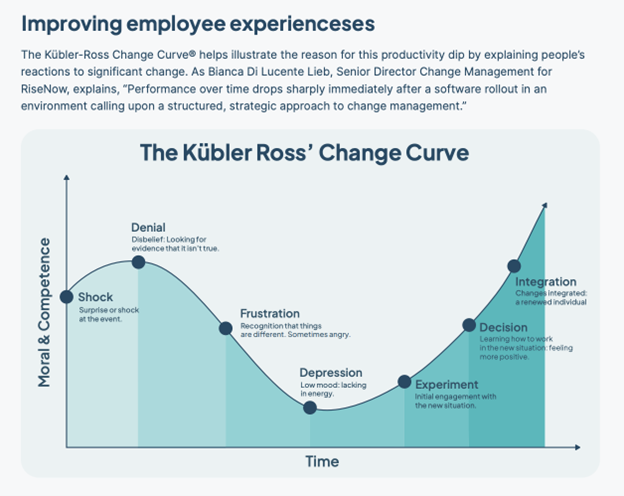
Communicating once or twice about a new software implementation, delivering a round of training, and then expecting the organization to realize software value isn’t going to deliver the results that most companies hope to achieve. Many training teams prioritize the go-live stage of ITSM implementation, failing to properly support user adoption in the critical days, weeks, and months that follow. This culminates in a perfect storm that prevents ITSM adoption from ever reaching meaningful levels.
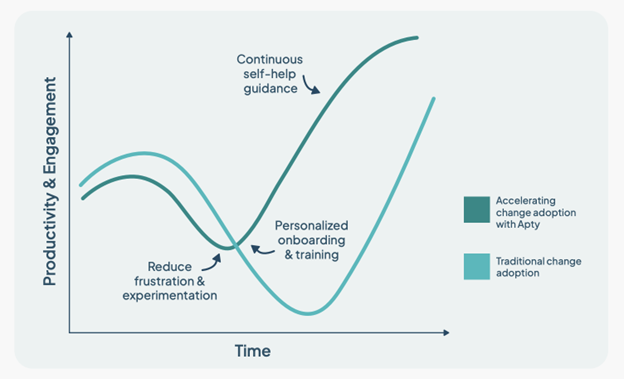
In an incident response context, this should be even more concerning because when software is needed to combat a crisis, there is anxiety, fear, and anger often running rampant. As a result, employees will likely experience a temporary decline in cognitive function. When an incident occurs, companies will have to contend with the panic and fear surrounding the incident and an ITSM solution that is likely too unfamiliar to users to serve them well.
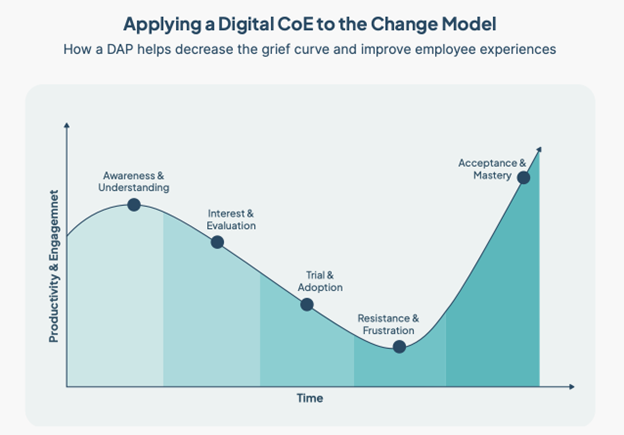
Harnessing ITSM
Given extensive human resistance to change, how can organizations and training teams ensure effective adoption and training on ITSM solutions to help maximize their investments and corresponding application uptime?
Seamless onboarding to increase user adoption
The first essential step is to simplify the ITSM onboarding process. Providing real-time, in-app, context-driven guidance will ensure users have a much flatter learning curve and can engage with the software when and how they need it most. While embracing new technology may be daunting for many, guided onboarding that supports self-paced learning can help eliminate apprehension and generate excitement around the new implementation.
Support change processes through context
Change happens frequently and quickly in today’s workplace. For example, by 2025, 85 percent of infrastructure strategies are expected to integrate on-premises, colocation, cloud, and edge delivery options, compared to 20 percent in 2020. Providing context-driven guidance makes it easy for ITSM users to implement changes without costly gaffes, which ensures a more seamless change process.
Reduce mean-time-to-repair (MTTR)
In times of strain, context-driven guidance can help ITSM users quickly find information and resolve difficult issues they don’t encounter daily. Step-by-step guidance augments productivity while minimizing service disruptions – plus, it imbues users with the confidence to address even the most abnormal IT issues.
The Facebook outage may seem like an egregious example of a system failure, but it highlights how change or errors can cause a disastrous chain reaction. Successfully implementing ITSM solutions – and adequately training users on how (and when) to use them – is vital to avoiding expensive downtime.
The key? Maintaining ongoing training and having guided risk management protocols so there’s no pause or disruption in response when an issue or event inevitably arises. Risk management has been defined as controlling threats to an organization’s capital, earnings, and operations. These risks stem from various sources, including financial uncertainties, legal liabilities, strategic management errors, accidents – and, not least of all, technology issues.
A digital adoption platform solution (DAP) is a key component of risk management, designed to support users in the days, weeks, and months following a software implementation, update, or change. DAPs help ensure meaningful, seamless onboarding and – as a result – increased user adoption, helping maximize investments in ITSM applications and fortifying organizations against costly incidents.

